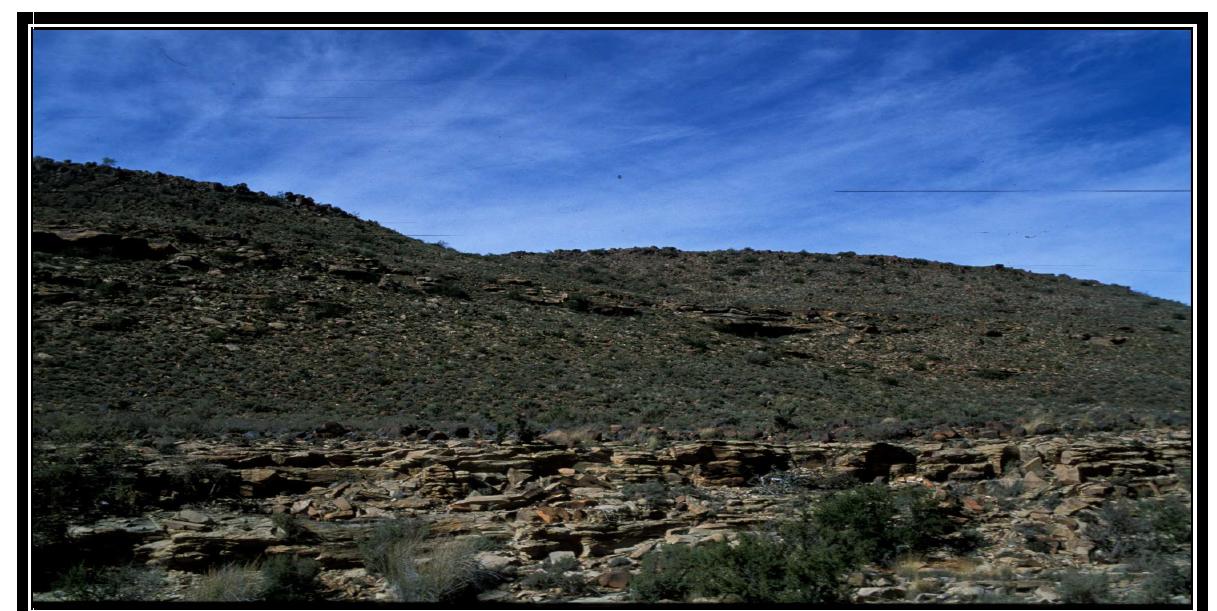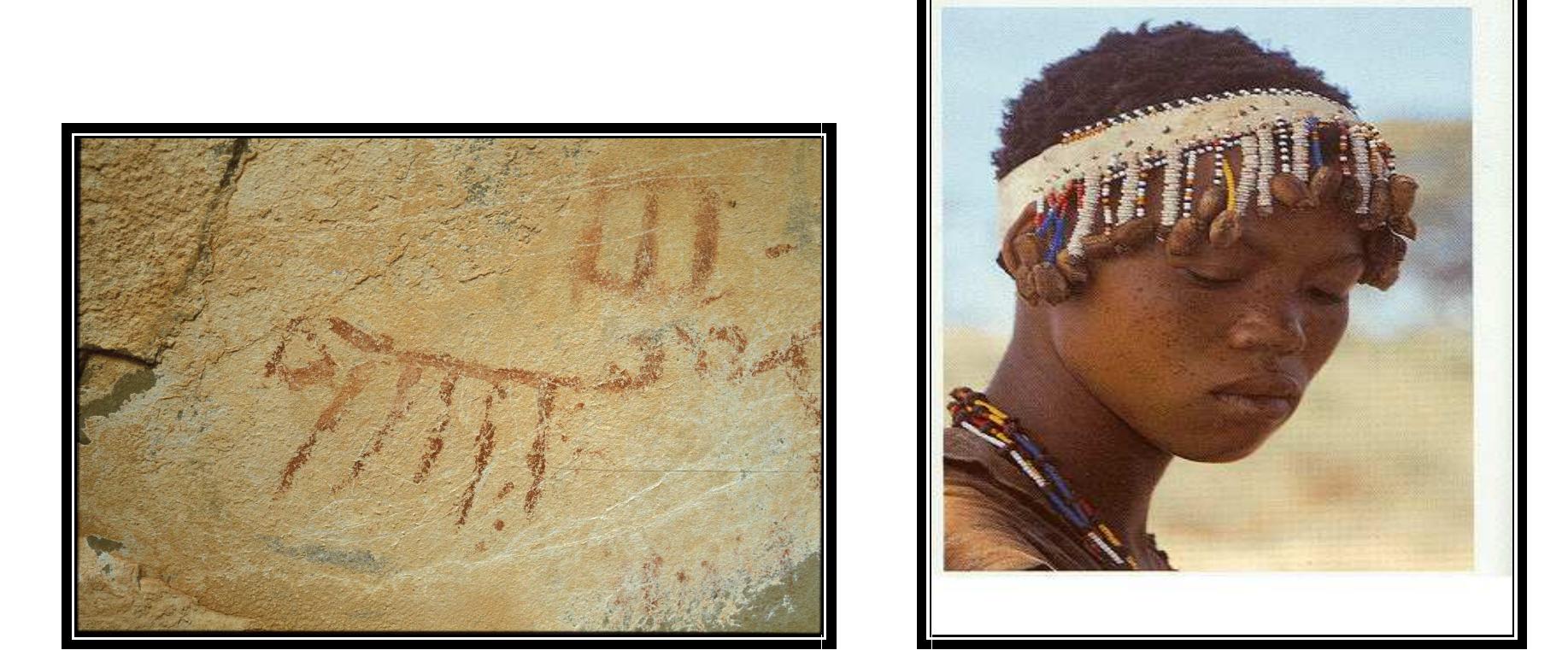Historians Carnek Schrire and Donna Merwick have contrasted the seventeenth-century Dutch West India Company’s colony of New Netherland (New York, New Jersey, and parts of Connecticut, Pennsylvania, and Delaware today) with the Dutch East...
moreHistorians Carnek Schrire and Donna Merwick have contrasted the seventeenth-century Dutch West India Company’s colony of New Netherland (New York, New Jersey, and parts of Connecticut, Pennsylvania, and Delaware today) with the Dutch East India Company’s settlement of the Cape Colony (in South Africa today). They see a difference between New Netherland as primarily a commercial venture based on the fur trade in contrast to the Cape Colony as just “a pit stop” on the on the way to the Dutch colonies in the East Indies. As a result the New Netherlanders relationship with the Native Americans were more cooperative than the Cape Colony setters who competed with the Khoekhoe (African population of the Cape) for land and cattle. But this contrast is a drastic oversimplification.
First of all, there are differences in climate and geography. The Cape Colony is in the Southern Hemisphere, and New Netherland in the Northern. Thus, not only are the seasons reversed, but there is a difference between the Mediterranean climate of the Cape and the seasonal weather contrasts in New Netherland.
The Dutch East India Company (VOC) was established in 1603 to counter the influence of the Portugal (which had been united with Spain in 1580) that was establishing trading posts Africa and the East Indies. The Netherlands had declared its independence from Spain in 1581, and Spain brought Portugal into its war against the Netherlands. The Dutch West India Company (WIC) was founded in 1621 at the end of the 12-year truce. In addition to trade between the Netherlands, Africa, and the Americas, it was intended as a military post to support the renewed war against Spain in the West Indies and the Portuguese in Brazil. It also had a religious and political dimension.
There were also major differences in the population that settled the Cape Colony and the Dutch West East India that settled New Netherland. The Dutch in New Netherland were not all from the Netherlands. Almost half came from places outside the present boundaries of the Netherlands. The Dutch ship Haerlem returning from the East Indies in March 1647 drifted aground in Table Bay. The crew established a temporary residence on shore. In April 1652 the Dutch East India Company established a settlement on Table Bay under the command of Jan van Riebeeck. One member of the van Riebeeck’ crew, Paulus Petkow (Petkouw) was Polish. Between 1652 and 1814 more established families from Royal (Western) Prussia and Ducal (Eastern) Prussia came to the Cape. Between 1707 and 1778 additional settlers came mostly as soldiers and seamen. Again the largest group came from Gdansk. While the Afrikaaners developed a Dutch language and the Dutch Reformed religion their ancestry was even more mixed than that of Dutch-Americans in New Netherland.
In the Cape Colony there were two distinct but genetically-related prehistoric peoples who inhabited that region that today are parts of Namibia and the Cape Province of the Republic of South Africa. One group called themselves the Khoikhoi (“men of men”) and the other were called by the Khoikhoi the San (from the person they were thought to descend) or the “Bushmen” as they are called today in South Africa. They were often called the “Hottentot” as well. Both have been grouped together under the name Khoisan. Finding the Bushman, the Khoisans, and Hottentots uncooperative, the Dutch began to transport to their colony Negro slaves from the Gold Coast and Mozambique and “Malay” slaves from Batavia. The Khoikhoi predate the Bantu people who migrated into what is today South Africa around 1500 C.E. There are two major Bantu linguistic groups in South Africa: the Sotho and the Nguni. The Ngoni settled along the coast of modern Natal and split into the Swazi, the Zulu, the Pondo, the Tembu and the Xhosa. Today, the Zulu population is the largest ethnic group in South Africa with 10.7 million, and the Xhosa are the second largest ethnic group with an estimated population of 7.5 million.
Perhaps the biggest difference between the Cape Colony and New Netherland had to do with migration. Most of the Dutch-Americans remained in New York and New Jersey after the English Conquest in 1664. While the wealthy merchants tended to adopt the English language and the Anglican religion, the rural population continued continued to speak Dutch with distinct dialects of Jersey Dutch and Mohawk Valley Dutch and to attend the Dutch Reformed Church well into the eighteenth century. The slaves and free blacks in New York and New Jersey also retained Dutch surnames, attended the Dutch Reformed Church, and had their own dialect of Dutch.
While some Africaners remained in the Cape Colony, others migrated into the interior followed two routes eastward: one along the northern fringes of the Great Karoo and the other along the coast. The Dutch settlers who participated in this migration were known in Dutch as the Trekboers (literally, migrant farmers). After the English conquest of the Cape Colony in 1814, they declared their independence as the Natalia Republic in 1839 and the Orange Free State in 1852. But they were reunited with South Africa in 1902 after the Second Boer War. The Khoisa remained a separate group as “Cape Coloureds,” and despite a period of segregation into separate black “homelands” under apartheid between 1948 and 1994, the Xhosa remained a majority. In 1994 Nelson Mandela, a Xhosa, became the first black president of South Africa.








































